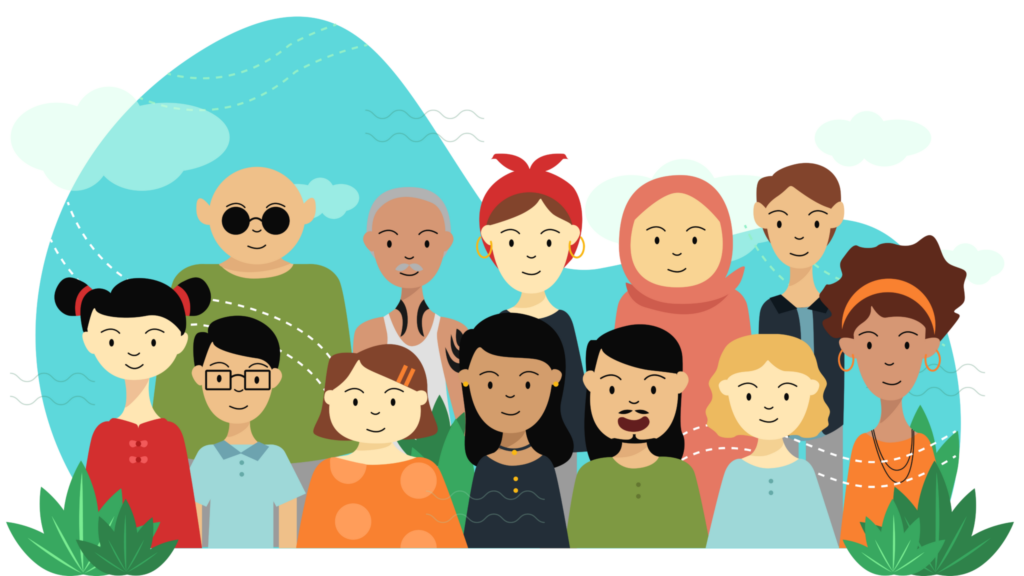The complex social issues impacting diversity and inclusion in Canada are unique to our history, culture, and political climate. Unfortunately, these issues are far too often seen through the lens of American media and current events. And while we are, in some ways, culturally similar to our southern neighbours, we are different in many more. When we only look at the many intersecting social issues that impact diversity in comparison to the USA we do our own country, and all of its diverse peoples, a great disservice.
When we discuss our own social dynamics and oppressive systems as either the same as, or better than, our neighbours we do one of two things; we either focus so strongly on American history, politics, and events that we are unable to appropriately and effectively address our own, or we feel absolved of all responsibility, viewing ourselves as better – and therefore not in need of systemic change. Neither of these perspectives is impactful; neither is helpful.
This inaccurate view of modern Canada, in combination with an often inaccurately taught national history, helps to perpetuate existing systems of oppression in our country today. In many schools today we are taught a history of Canada that brushes past, or ignores, critical, painful, and cruel parts of our past. When we are undereducated regarding our country’s history of murdering indigenous peoples, slavery, labour exploitation, internment camps, racist immigration policies, sexist policies, and homophobic law-making – then we are left unable to fully understand our country’s modern context.
Our history is ugly, it is highly problematic, it is cruel; but acknowledging this reality is important in understanding how the structures of society today still work to preserve the privilege of some, while limiting the economic mobility of others. Canadians often view our country through a marketable lens; we see our ideals as our reality. We want to be welcoming, safe, and equitable, but we still have many of our own biases and systems to re-evaluate and change in order for that ideal to become a reality.
Diversity and inclusion, or lack thereof, is a cultural issue. It is how we view people, the assumptions we make about them, and the way in which we interact with them. This culture is built by our past and substantiated by the lens through which we examine ourselves. These cultural biases are taught to us throughout our lives; the biases that lead to inequality and underrepresentation are often subtle, implicit, and importantly – intersectional.
The intersectionality of identities is key in understanding how someone may or may not feel welcome in certain places. We are all viewed by society in the context of race, gender, sexual orientation, ability, language, and economic status – among many other things. All of these identifiers impact how we move through the world and how the people around us treat us. And we cannot separate ourselves from any one of these identities. Someone who is black, transgender, and a woman is always black, transgender, and a woman – she cannot be separated from any of these realities. The way she is viewed in society is the culmination of all of her identities.
This is why understanding the many varying aspects of diversity and inclusion, their historical contexts, their present realities, and our own biases in relation to them, is critical in addressing inequality and repairing or replacing exclusionary systems and environments. Acknowledging and learning about all of the unique systems of oppression that exist today within Canada is the very first step in unlearning our biases and truly valuing diversity.
While real, tangible action is much needed in many areas, the social action of changing cultural perceptions is also critically important. Sharing accurate understanding regarding our country’s history through education, along with the acknowledgment of our own systemic issues of oppression, and the understanding of our own privileges, is important in breaking barriers and encouraging widespread changes. As Canadians, we so often discuss our values as though they are our reality. But learning about and understanding prejudice, where it comes from, how it functions, and additionally working to unlearn our own biases is a critical step in starting to build the kind of Canada we so often talk about as reality.

